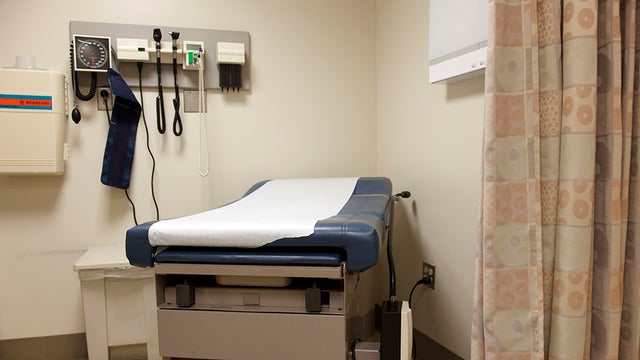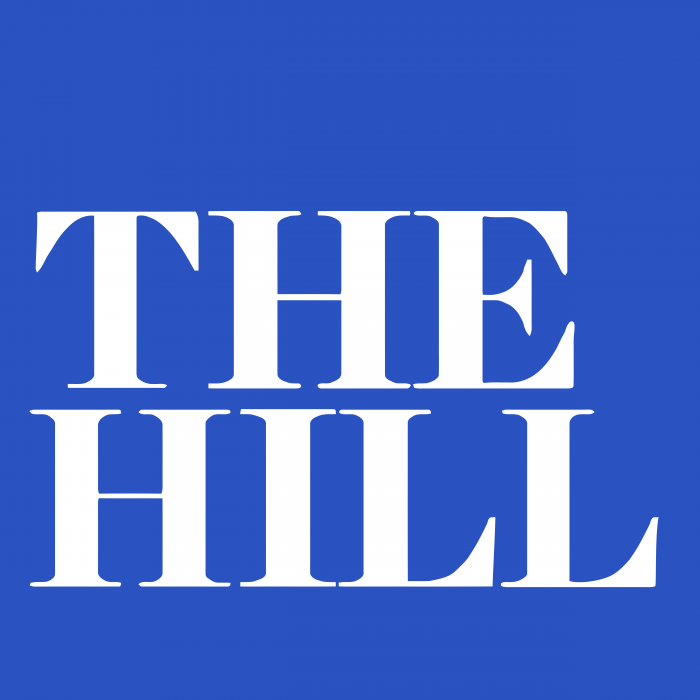
The Medicaid program was established as a federal-state partnership, but it has become a partnership in name only as the result of a complicated maneuver in which states impose taxes on health care providers in order to extract tens of billions of dollars yearly from the U.S. Treasury via an arcane Medicaid financing mechanism. The scheme renders Medicaid almost entirely a federally financed — or over-financed — program.

Almost every state employs this tax maneuver to trigger the annual release of matching funds over and above the money the federal government sends as its share of reimbursements to hospitals for medical services they provide to Medicaid patients. In a 2014 report, the General Accountability Office criticized these so-called provider taxes, which fall most heavily upon hospitals.
One might wonder why the government is taxing hospitals, which raises the cost of the nation’s primary providers of health care services. Many are nonprofit organizations; why tax nonprofits? Many are for-profit organizations and already pay corporate income taxes; why levy a second tax? It is truly strange and wonderful.
Take Connecticut, for example.
In a recent special legislative session, the Connecticut General Assembly approved unanimously a seven-year plan to tax the state’s hospitals. This could produce for Connecticut about $375 million annually from the Treasury, an outsized amount for such a small state, especially considering that this money is not committed to fund health care. And this has national implications.
The plan requires federal approval from the Centers for Medicare and Medicaid (CMS), which may not be forthcoming. Connecticut’s raid on the federal purse may trigger a crackdown. Already, in mid-2018, a Senate committee report focused on this tax machination, calling it “a shell game” and singling out Connecticut as a major perpetrator.
Connecticut’s plan originates from a settlement of a lawsuit between the state and its hospitals, which charged the state with violating the original understanding under which it began taxing hospitals in 2011. The hospitals had thought they were to get more out of the arrangement than they paid in taxes, but they didn’t. So, in 2016, they filed suit for as much as $4 billion, charging that, instead of honoring the understanding, “the State has utilized the Hospitals Tax to balance the budget.”
On the surface, the lawsuit would seem surrealistic. Why would any industry expect to get back more than it paid in taxes? What would be the point of the state levying the tax and then paying back more than it collected? And, why would any taxpayer think that tax revenue shouldn’t be used to balance a state budget? Isn’t that what taxes are for?
So what is the hospital tax, and how does this “shell game” work?
States tax hospitals. Then, they turn around and give back to the hospitals much of the tax revenues, which, on the return voyage, are deemed to be “Medicaid supplemental payments” for which states are entitled to federal matching funds.
The more a state taxes hospitals, and then returns the money, the more cash it can extract from the federal Treasury. There’s big money in this.
Connecticut’s hospital tax has grown to enormous scale, about $900 million in both fiscal 2018 and 2019 in a state with an annual budget of only about $21 billion. Together with taxes on other health care providers (e.g. nursing homes), it is nearly tied with the corporate tax as the state’s third-biggest tax.
In fiscal year 2019, the state “refunded” about $500 million as “supplemental payments,” which generated $330 in federal matching funds that, together with the $400 million not rebated, put the Nutmeg State ahead by a cool $730 million.
With the recent seven-year extension of the hospital tax, the legislature slightly decreased the average tax to about $860 million annually, and increased supplemental payments slightly to approximately $560 million, leaving the hospitals in the red (and the state in the black) by $300 million. The $560 million generates $375 million in annual federal matching funds (at a 67 percent match).
Combining the $375 million with the $300 million in taxes not refunded, the state will clear about $675 million annually, only slightly less than the previous peak of $730 million.
These adjustments do not help the hospitals. So, the state is using another inducement to quiet the hospitals — specifically, increased reimbursement rates for Medicaid services they provide. Note, the federal government covers two-thirds of these reimbursements.
Will Uncle Sam go along with Connecticut’s continuing machinations? Maybe not. Even Connecticut is worried: There are explicit contingencies in the settlement in case CMS rejects it. CMS cannot just “go along,” because Connecticut’s tax exceeds a threshold — 6 percent of hospital revenue — above which CMS must grant explicit approval to a state hospital tax.
During fiscal year 2018, when I spoke with Ben Barnes, then the state’s budget chief, he told me that Connecticut’s prevailing hospital tax rate was roughly 9 percent. He offered that he didn’t know of any other state exceeding the 6 percent threshold, below which no specific CMS approval is needed. Indeed, if states stay below 6 percent, they enjoy a safe harbor from any federal enforcement action, and, as a consequence, CMS barely looks at these state tax programs, according to the GAO report, which severely criticized CMS for this abdication of its oversight responsibility.
With the Senate scrutinizing CMS policy on hospital taxes, CMS might not feel comfortable approving the most egregious case of the “shell game.”
At best, the scheme shifts most of the state share of the joint federal-state Medicaid program to the federal side, subverting any sense of partnership. At worst, as Connecticut hospitals allege, the scheme uses federal health care money to finance state budgets, inflating our national and state health care costs and every citizen’s medical bills. No wonder U.S. health care costs are the highest in the developed world.
Rejection of the settlement by CMS would have dire consequences for Connecticut, which has become overly reliant upon this scheme to stave off a severe deterioration of its fiscal and economic condition over the last decade.
Instead of employing this hospital tax scheme, it might be time finally for Connecticut to address the fundamental drivers of its fiscal and economic decline. While other states have exploited this scheme to lesser magnitude, they should do the same, especially since Connecticut’s extreme behavior may endanger the whole “shell game.”
For its part, Congress should step in and put an end to this tax scheme, which, at best, renders the U.S. health care system even more costly and impossibly complex and opaque. At worst, it operates as a budget financing program for states which cannot exercise fiscal discipline.
![]()
Red Jahncke is a nationally recognized columnist, who writes about politics and policy. His columns appear in numerous national publications, such as The Wall Street Journal, Bloomberg, USA Today, The Hill, Issues & Insights and National Review as well as many Connecticut newspapers.


Red, we need a cartoon video showing the moving parts of this scheme, the greedy hands grabbing at money that’s coming out of our pockets…and leaving our healthcare system itself sick and diseased…and its gotta show that we the people are hurt the most…these schemes have a real victim — us, sapping the vibrancy out of our lives…